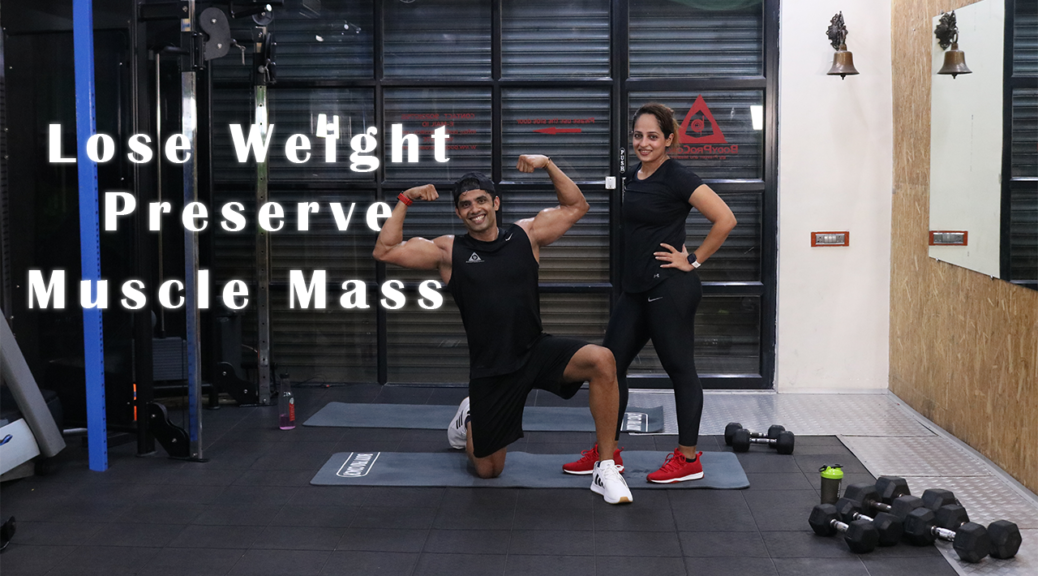
How to Lose Body Fat and Preserve Muscle Mass?
What does it take to lose fat?
To lose fat, you need to consume fewer calories than you burn each day and exercise regularly. Frequent physical activity helps get rid of fat. If you lose weight without exercise, you’re more likely to lose both muscle and fat. While it’s not possible to lose fat in particular areas of your body, you can work on lowering your overall body fat percentage Go slowly. Losing weight quickly may contribute to muscle loss. It’s best to lose a small amount of weight each week over a longer period.
How to maintain muscle?
To keep the muscle, you have while losing fat, you’ll need to strike a balance between limiting yourself and pushing yourself as much as you can. Each person will have different results. Listen to your body, and adjust your workout and eating plan accordingly.
Keto Diets and Muscle Building
It is suggested that when combined with strength training, a keto diet is perfectly adequate for increasing body weight, most of which is lean muscle. While Fats are the major macronutrient of interest in keto, protein is another. While the keto diet isn’t necessarily a high-protein diet, it doesn’t necessarily have to be a low-protein one either. In fact, the actual definition of keto includes a “moderate protein” designation. If we put some numbers to it, even if you’re eating 15% of your calories from protein on a ketogenic diet, a 2,500-calorie-per-day diet means you’re still getting 93 grams of protein per day.
While hard-core lifters will say this value might be too low, it’s still a fairly large amount of protein. Building muscle is great, but another goal of many strength-based athletes is to optimize body composition. A low-carb high-fat diet can do this. Research has shown that athletes who adopt a keto diet experience greater body fat loss than a group of high-carb dieters. It makes sense that fat mass would drop and body fat % goes down on a keto diet once you “learn” to efficiently burn fat for energy. Being keto-adapted ultimately leads to a greater ability to utilize fat from food and body storage areas.
Exercise
Exercise is another important aspect of maintaining muscle mass. examined the effect of calorie restriction combined with resistance, endurance, or both types of training in older adults with obesity.
Do Cardio
To lose fat and gain or maintain muscle mass, do moderate- to high-intensity cardio for at least 150 minutes per week. Examples of cardio exercise include:
- cycling
- running
- boxing
- soccer
- basketball volleyball
Increase Intensity
Increase the intensity of your workouts to challenge yourself and burn calories. For your workout to effectively build strength, you must push your muscles to their maximum capacity. This may involve taking a break before proceeding.
Continue to Strength training
Do strength training two to three times per week? This may be a combination of:
- weightlifting
- bodyweight exercises
- resistance band exercises
Exercise classes, such as Yoga, Pilates, or tai chi, are also options:
Always start with low-weight loads and fewer repetitions. Gradually work your way up to heavier weights or more repetitions. This will help avoid injury. Strength training helps prevent muscle loss while increasing muscle mass. Make sure your routine is balanced and targets all the main muscle groups. Give your muscle groups time to recover. You can aim to target each muscle group a maximum of twice per week. To cut fat, you can also incorporate interval training into your workout plan.
Take a rest
Allow for adequate rest and recovery on alternate days. Either take an entire day off, or opt for light-intensity exercises, such as walking, swimming, or dancing.
Healthy eating
To optimize fat loss while maintaining muscle mass, follow a healthy diet that meets your nutritional and energy needs. Eating healthy foods may also help you feel full, so you’ll be less likely to overeat. Before your workout, make sure you’re well-hydrated by drinking plenty of fluids. Replace sugary beverages with drinks such as green tea, coconut water, and fresh vegetable juice. You can also have a light, easy-to-digest meal that’s rich in carbohydrates. Within 45 minutes of finishing a workout, eat a meal containing protein, carbohydrates, and healthy fats. Boost your energy levels with carbohydrates post-workout. This helps in the recovery process, and may even help speed up that process. Carbohydrates help replace glycogen stores that are used for energy during exercise.
Protein options for gaining lean muscle include:
- Lean meats, such as turkey and chicken
- Seafood
- Nuts
- Eggs
- Low-fat dairy products
- Beans
- Quinoa
- Buckwheat
- Brown rice
- Protein shakes
You can also include healthy fats in your post-workout meals, including:
- Avocado
- Nuts
- Nut butter
- Chia seeds
- Trail mix
- Dark chocolate
- Whole eggs
- Olive and coconut oil
- Fatty fish
- Cheese





